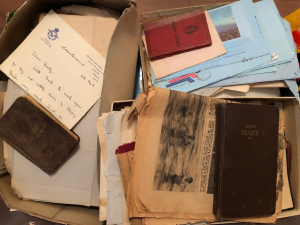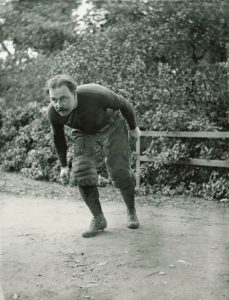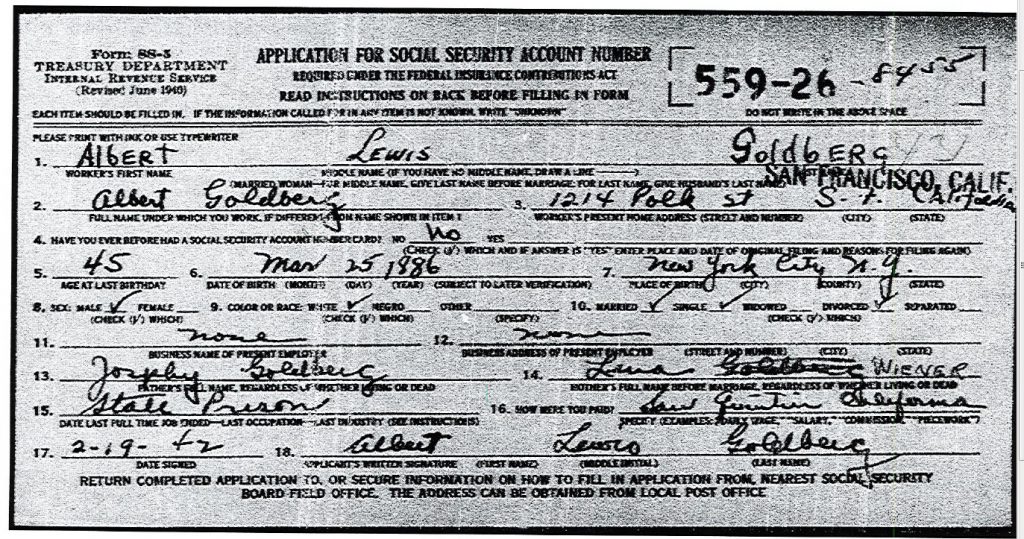
I recently revisited one of my all-time favorite books, The Professor and the Madman by Simon Winchester. Years ago, when I first discovered the book, I raved about it to anyone who would listen. “You HAVE to read this book,” I’d implore. “What’s it about?” they’d ask. “It’s about the making of the Oxford English Dictionary,” would be my enthusiastic reply, whereupon I could immediately sense a kind of let-down, as if they were saying You’re kidding, right? A story about a dictionary? Why not a telephone book? My reply was “Trust me, there’s more to it than just the dictionary and you won’t be able to put it down… You’ll wish it would never end.” My would-be converts assured me that they would check it out and off they scampered, every bit of their body language saying, Not a chance. Continue reading A madman and his family








